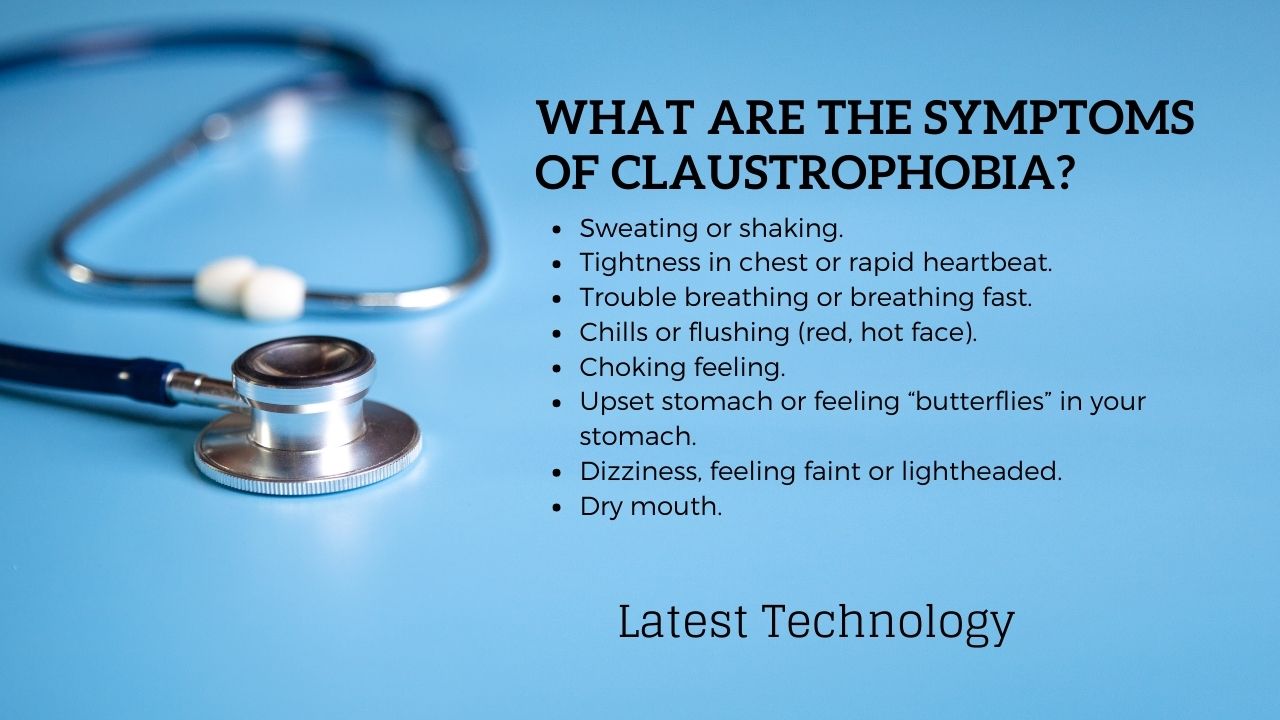A panic episode can be brought on by an illogical fear of being trapped or having no escape due to claustrophobia, a type of hysterical sickness. In accordance with the Diagnostic and Statistical Manual 5, it is regarded as a specific phobia (DSM-five). Claustrophobia can also be brought on by being in an elevator, a tiny space without windows, or even an airplane. Although while claustrophobia is not a panic disorder, if it is something you enjoy, it can make you feel as though you are experiencing a panic attack. Claustrophobia may also go away on its own for claustrophobia causes symptoms diagnosis treatment some people. Others could also require treatments to control and treat their symptoms.
Up to 5% of Americans could go through claustrophobia at some point in their lives. It’s conceivable that you have claustrophobia if you have been anxious in the past six months about being in a small space or a crowded place, or if you have avoided those situations altogether.
Causes
Frequently, an unpleasant formative year of experience causes claustrophobia. If a person was claustrophobic as a baby, they are more likely as adults to be.
- stuck in a limited space or trapped
- abuse or harassment
- Or perhaps they had a caregiver or figure who was claustrophobic.
Along with turbulence during flight or being stuck in a tube tunnel between stations, other ugly events or reports can also cause claustrophobia. Growing up with a claustrophobic figure can cause a youngster to develop the condition since they will associate confined spaces with their loved one’s anxiety and sense of helplessness.
Symptoms
Everybody’s experience with claustrophobia is different. An anxiety episode can start out mildly uneasy and progress to full-blown panic. In order for doctors to classify anxiety as a phobia, it must be severe enough to interfere with daily functioning. In an enclosed space, claustrophobia causes symptoms diagnosis treatment you may experience the following symptoms:
- breathing difficulty
- rapid heart rate
- Sweating
- trembling or swaying
- Nausea
- Dizziness
- mouth ache
- a hot flash
- Hyperventilation
- chest discomfort or stiffness
- confusion or fuzziness
- Headache
- Numbness
- feeling of choking
- desire to go to the bathroom
- fear of being harmed or unwell
Diagnosis
Your neurologist will interview you on your symptoms and medical background before performing a physical examination. They will consider every possible fear and:
- Waiting for anything to happen can set off triggers.
- cause panic attacks associated with the fear-inducing circumstance
- make it challenging for you to complete your day
- not be accounted for by other illnesses
Treatment
If you don’t receive treatment, you can discover that you manage your claustrophobia by avoiding the thing you fear. Avoid crowded areas, use the stairs instead of the elevator, or walk to your destination instead of taking the train. You might stand close to the door or search every crowded room for exits. If their anxiety is extreme enough, some people could be frightened to leave their homes.
Claustrophobia Causes Symptoms Diagnosis Treatment
Avoiding confined areas won’t cure your phobia. Seeing a neurologist is the initial step in receiving therapy. Claustrophobia can be treated with a variety of methods, including:
Exposure therapy: involves gradually exposing you to frightening events in an effort to help you overcome your fear. At initially, you might only examine a picture of a confined area. Then, with the aid of your therapist, you gradually get closer to being claustrophobia causes symptoms diagnosis treatment in a small place.
cognitive-behavioral therapy (CBT): involves one-on-one sessions with a licensed therapist. You discuss the unfavorable thoughts that feed your dread and discover coping mechanisms for them. CBT can be used alone or in conjunction with exposure therapy.
Virtual reality (VR): This makes use of computer simulations of confined areas, such as MRI machines or elevators. You can conquer your fear of confined spaces by experiencing one in a virtual context.
Relaxation and visualization: are two techniques you might learn to use when you find yourself in a scary scenario.
Medical intervention: If counseling is ineffective, your doctor may recommend anxiety medications or antidepressants to help you cope with the triggers claustrophobia causes symptoms diagnosis treatment of your fear.
When to See the Doctor? Claustrophobia Causes Symptoms Diagnosis Treatment
See a mental health expert for assistance if your fear of enclosed spaces interferes with your everyday activities. A psychologist, neurologist, or anxiety expert are all options for you. You can learn how to manage how you react to circumstances that you formerly dreaded with the correct treatment.
